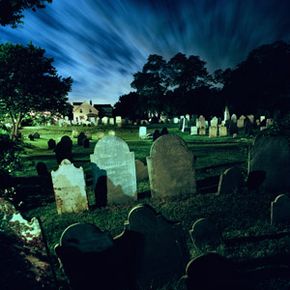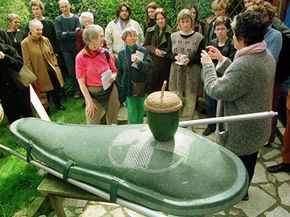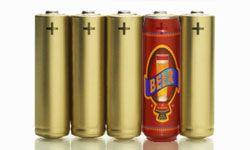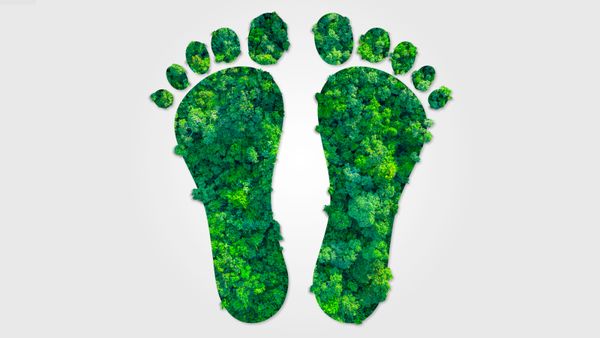If your body is about average, you're made up of roughly 15 percent fat. Through your movements and body heat, you're capable of generating about 11,000 watt-hours of energy every day. If 100 percent of that energy could be converted into electricity, you'd produce about 163 watts just by walking around. You wouldn't power down while sleeping, either -- while asleep you produce about 81 watts [source: Baard]. But as the saying goes, you'll sleep when you're dead, right? True, unless you put your decomposing body to work. Can your body generate power after you die? It sure can.
It's not out of the ordinary to will your estate to your children and your body to science -- except instead of harvesting the organs of your donated corpse, one radical new idea would use your body to recharge batteries. The concept is part of the "AfterLife Project," by James Auger and Jimmy Loizeau of the Royal College of Art, and it's featured at MoMA's Design and the Elastic Mind exhibit in New York City. It involves the use of microbial fuel cell technology.
Advertisement
Microbial fuel cell (MFC) technology is a new method of renewable energy where organic matter (your decomposing body, in this case) is converted into electricity using bacteria. Bacteria are hungry organisms capable of converting a variety of organic substances into carbon dioxide, water and energy. Normally, bacteria would use the energy produced to feed their own metabolism, but through MFC technology, the energy is instead harvested in the form of electricity.
Producing energy with MFCs is not science fiction; scientists have experimented with organic matter such as pig manure, beer and wastewater. But using gastric juices from a decomposing body is a different story. The idea is that electricity generated from decomposition can be stored in rechargeable batteries. MFCs, like conventional fuel cells, have a pair of terminals, an anode (negative terminal) and cathode (positive terminal), as well as an electrolyte solution that allows ions to travel from terminal to terminal. MFCs can be used to power small devices.
If spending your eternal life as the Energizer bunny doesn't sound like much fun to you, we have other suggestions on how to leave the planet better than how you found it.
Advertisement



